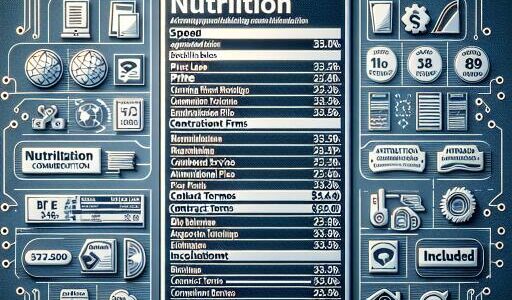Intel Announces Major Breakthroughs with its Upcoming CPU Technologies
In the realm of semiconductor advancements, Intel has recently shared some uplifting developments, marking a turn in the company’s prospects amid previously reported challenges. The technology giant has successfully brought its first 18A chips to life, an important milestone indicating positive strides in its CPU manufacturing capabilities. These chips, integral to the upcoming Panther Lake and Clearwater Forest CPUs, have achieved operational success, including booting operating systems—a promising sign for Intel’s future offerings.
The Panther Lake processors are poised to revolutionize the mobile processor segment, joining the ranks post the anticipated launches of Lunar Lake and Arrow Lake slated for 2025. These mobile processors are envisioned to cater to the evolving needs of computing, promising enhanced performance and efficiency.
On the server side, the Clearwater Forest CPUs are set to succeed the Sierra Forest all-E-core Xeon parts, unveiled in June. This next generation will integrate Darkmont E-cores, an evolved variant of the Skymont cores featuring in Lunar Lake. Additionally, it will employ Intel’s cutting-edge Foveros Direct 3D die-to-die hybrid bonding packaging technology. This not only signifies a leap in silicon lithography but also in packaging techniques, pivotal for chip performance and efficiency.
Intel’s commitment to innovation is further underscored by the development of the 18A process, a testament to the company’s advancements in semiconductor fabrication. This process heralds the introduction of RibbonFET gate-all-around FETs and PowerVia back-side power delivery technology. These features are designed to significantly enhance chip performance through improved power efficiency and clock scaling.
An encouraging piece of news from Kevin O’Buckley, who oversees the Intel Foundry Services, reveals that the Panther Lake series is “yielding well.” Its DDR memory controller is not only achieving but exceeding expected frequencies, placing Intel ahead in its product qualification phases—an optimistic indicator of the CPU’s future performance and market readiness.
The release of the first full Process Design Kit (PDK) for the 18A process node marks another crucial step forward. This PDK provides Intel’s customers with the essential resources required for completing their chip designs in alignment with Intel’s rigorous process specifications. Through this, Intel not only seeks to refine its own processes but also to attract external customers by setting new industry standards in design and fabrication.
Looking ahead, Intel is ambitiously eyeing the tape out of its first external customer chip design by the first half of 2025. This move is integral to expanding Intel’s foundry business, aiming to draw in clients from competing foundries like TSMC and Samsung with its state-of-the-art, user-friendly PDKs. Such developments underscore Intel’s strategic efforts to not only enhance its technological offerings but to also solidify its standing as a leading foundry service provider in the semiconductor industry.
As Intel moves forward with these advancements, the company sets the stage for a dynamic shift in the CPU and semiconductor landscape. These innovations reflect Intel’s dedication to overcoming past hurdles and driving progress in computing technology, promising a brighter future for its products and for the technology ecosystem at large.









